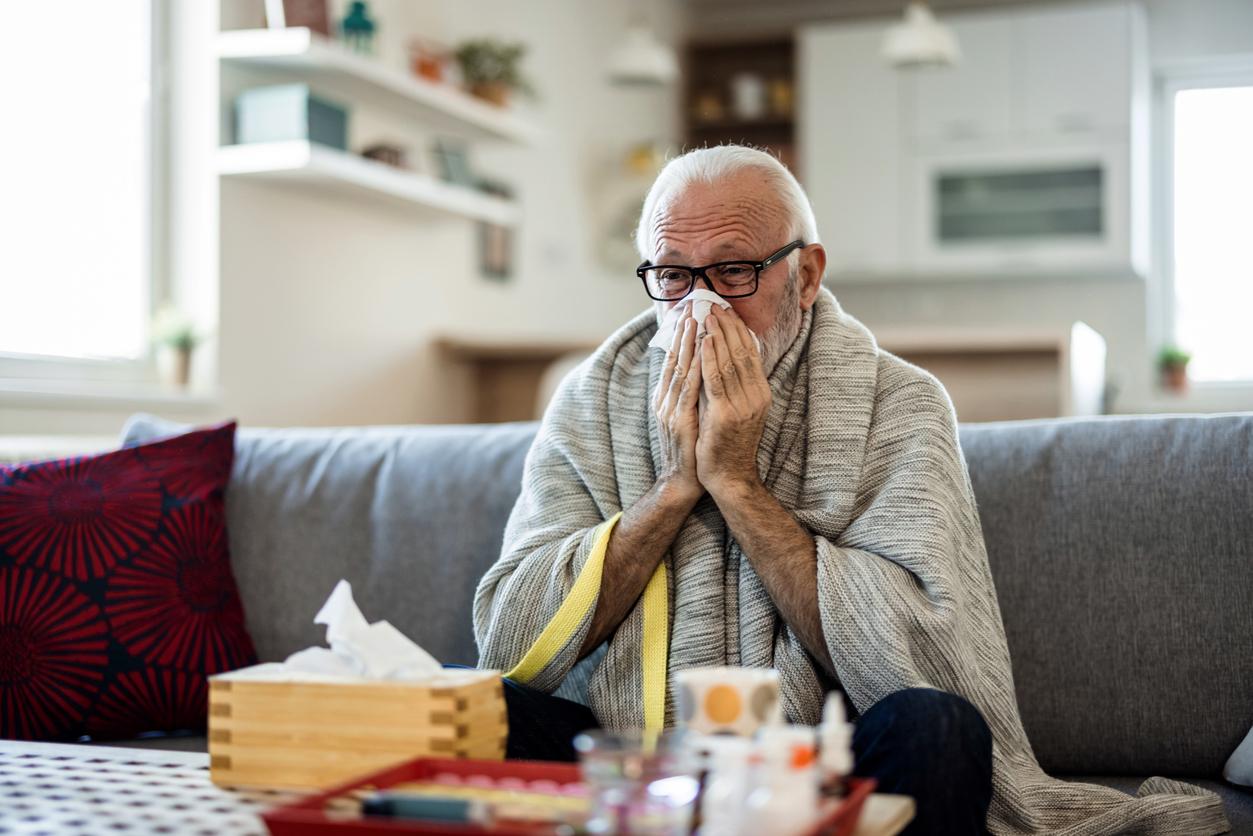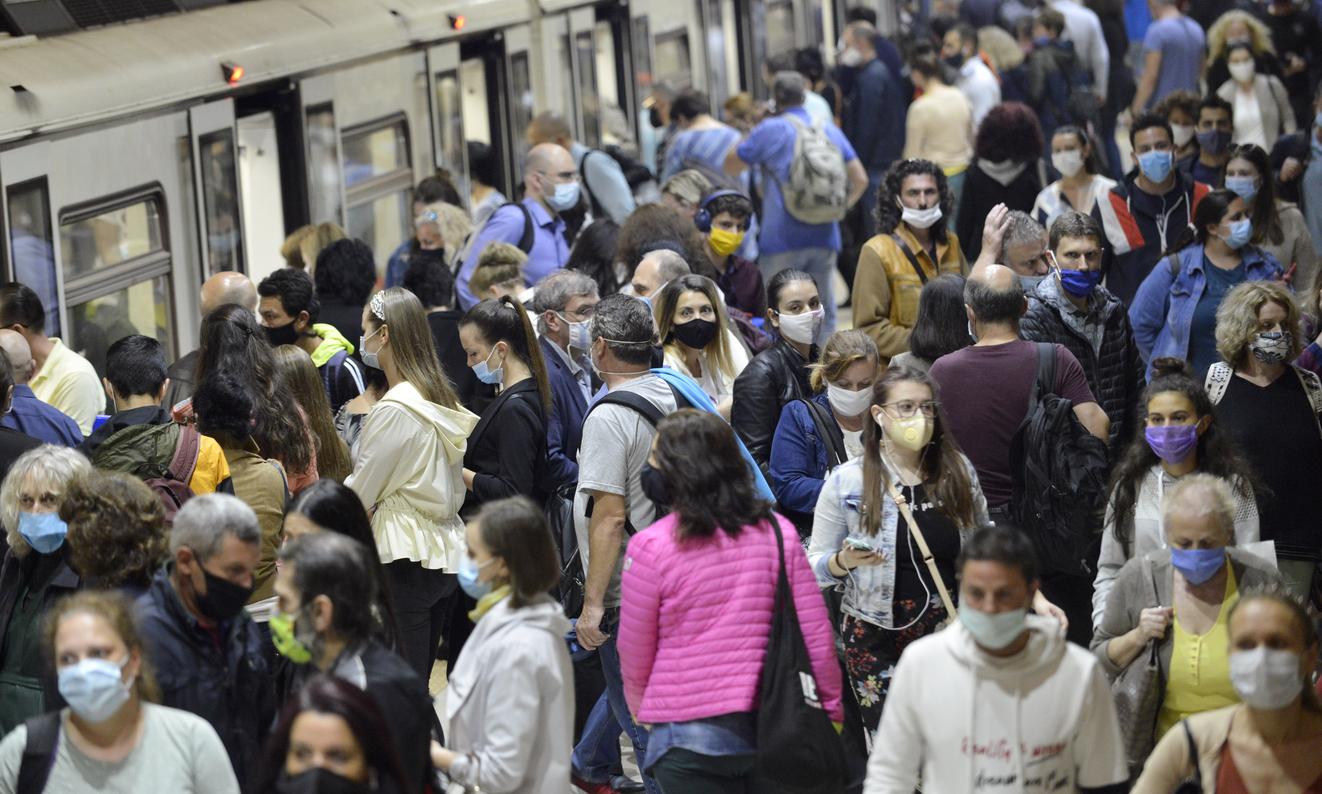Four years later, the H1N1 (A) flu vaccination campaign continues to stir. A study by the Cochrane Collaboration, an independent think-tank, denounces the waste granted by the British health authorities during the H1N1 flu epidemic.
In total, 473 million pounds (571 million euros) would have been spent for the acquisition of thousands of doses of the antiviral Tamiflu, marketed by the Roche laboratories, estimates the document taken up by the BBC. An astronomical sum spent unnecessarily according to the association. She considers that Tamiflu had an effectiveness comparable to … paracetamol, valid only to alleviate the symptoms of the disease. The association assures that Tamiflu did not prevent contamination: “it has not been credibly proven that vaccination could prevent the pandemic”.
Worse, not only would Tamiflu have been ineffective against influenza A but it would also have caused undesirable effects such as nausea, migraines, kidney problems …
The independent organization is driving the point home by noting the mistakes made at every step of the vaccination campaign, from the manufacturer to the UK government and health authorities.
In response to this study, the Roche laboratory, which markets Tamiflu, rejected outright these accusations questioning the validity of a study they consider to be full of imperfections.
An unresolved debate
The World Health Organization, which classifies Tamiflu as an important antiviral, ended up playing the referee by asking for a “rigorous new analysis” before drawing any conclusions.
In France, the vaccination against the H1N1 flu in 2009-2010 had a real flop, fueling the controversy around the money spent unnecessarily. For 94 million doses of vaccine ordered, the Ministry of Health had spent 660 million euros. Only 5 million doses had been used. To this salty addition were added claims for compensation related to the side effects of this vaccine.
















